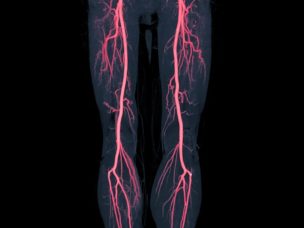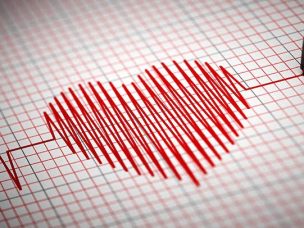Peripheral Artery Disease
Socioeconomic Conditions Added Causation For Peripheral Artery Disease
In the United States alone the cost of care for patients with Peripheral Artery Disease (PAD) has surpassed over 20 billion dollars as published in a study in 2018. These costs are associated with the increasing burden on patients with repeated Physician’s office visits, lost wages, recurring hospital admissions, surgical procedures, care by family members,...
Improving Awareness of Peripheral Artery Disease
Peripheral artery disease (PAD) is a progressive atherosclerotic disease in which one or more peripheral arteries, typically in the lower limbs, are partially or completely obstructed, reducing blood perfusion to the limb. Overall, PAD affects approximately 8.5 million Americans, most of them age 65 and older. A recent analysis of Medicare inpatient and outpatient claims...
Study Shows Prevalence of Peripheral Artery Disease Higher in Racially Diverse Populations
A Baylor University study found that a significantly higher number of African Americans had peripheral artery disease (PAD) compared to Hispanics and whites in patients over the age of 55. Peripheral artery disease is defined as atherosclerosis of the abdominal aorta and the arteries in the legs. PAD can be asymptomatic or symptomatic. Symptoms of...
More Medical News








